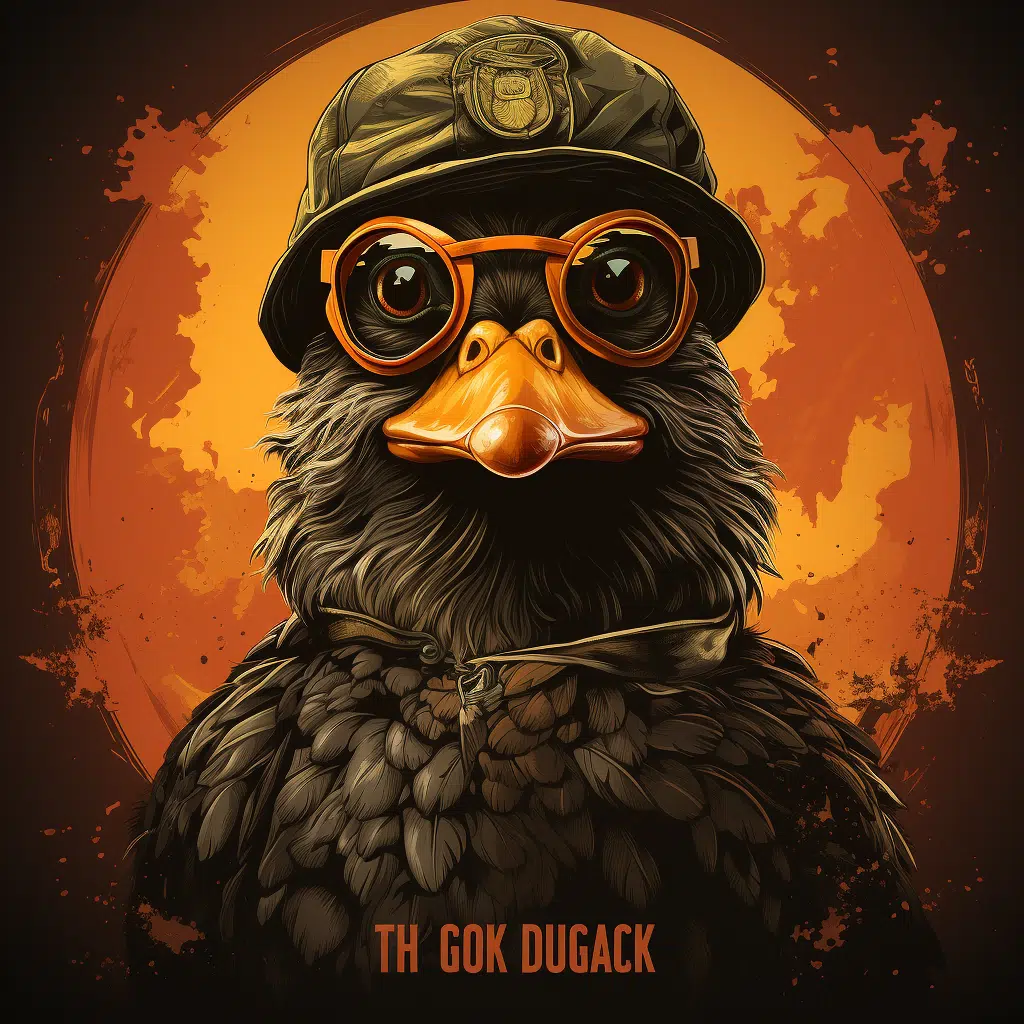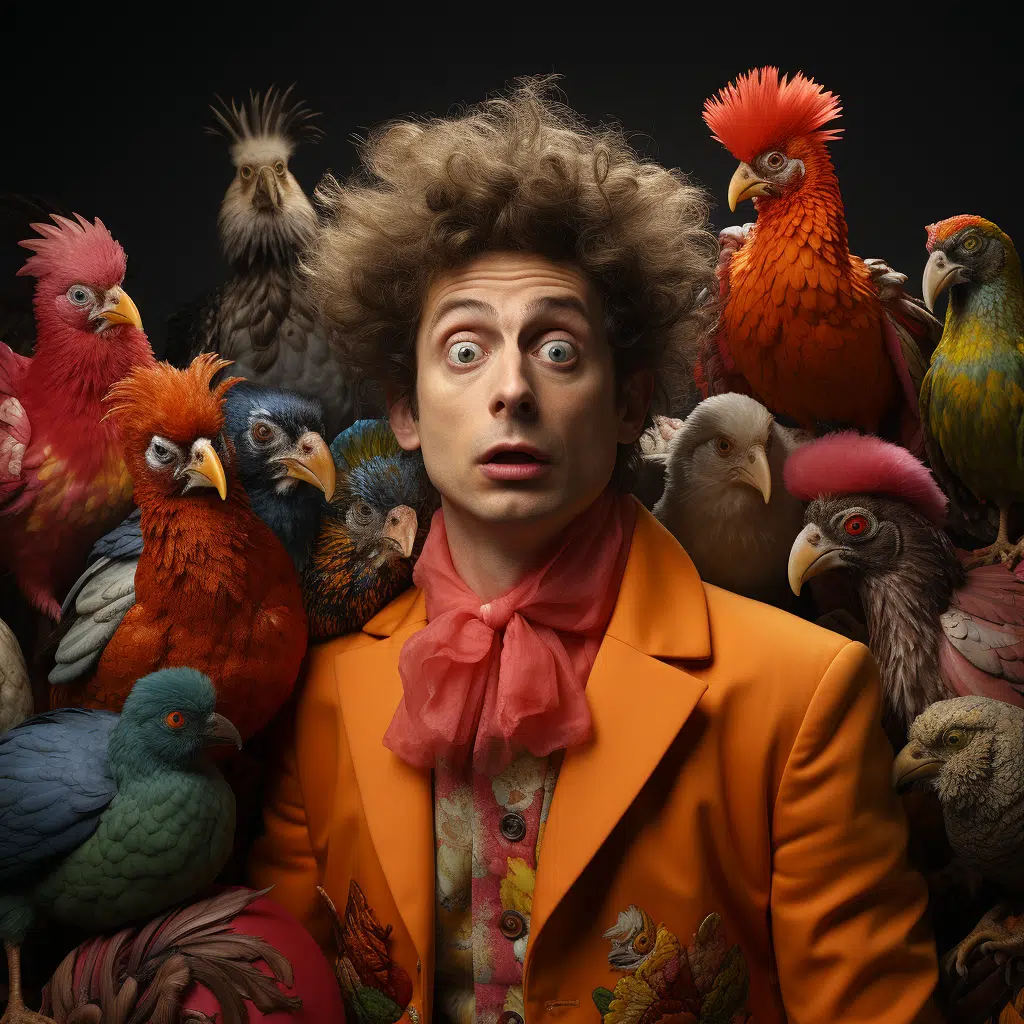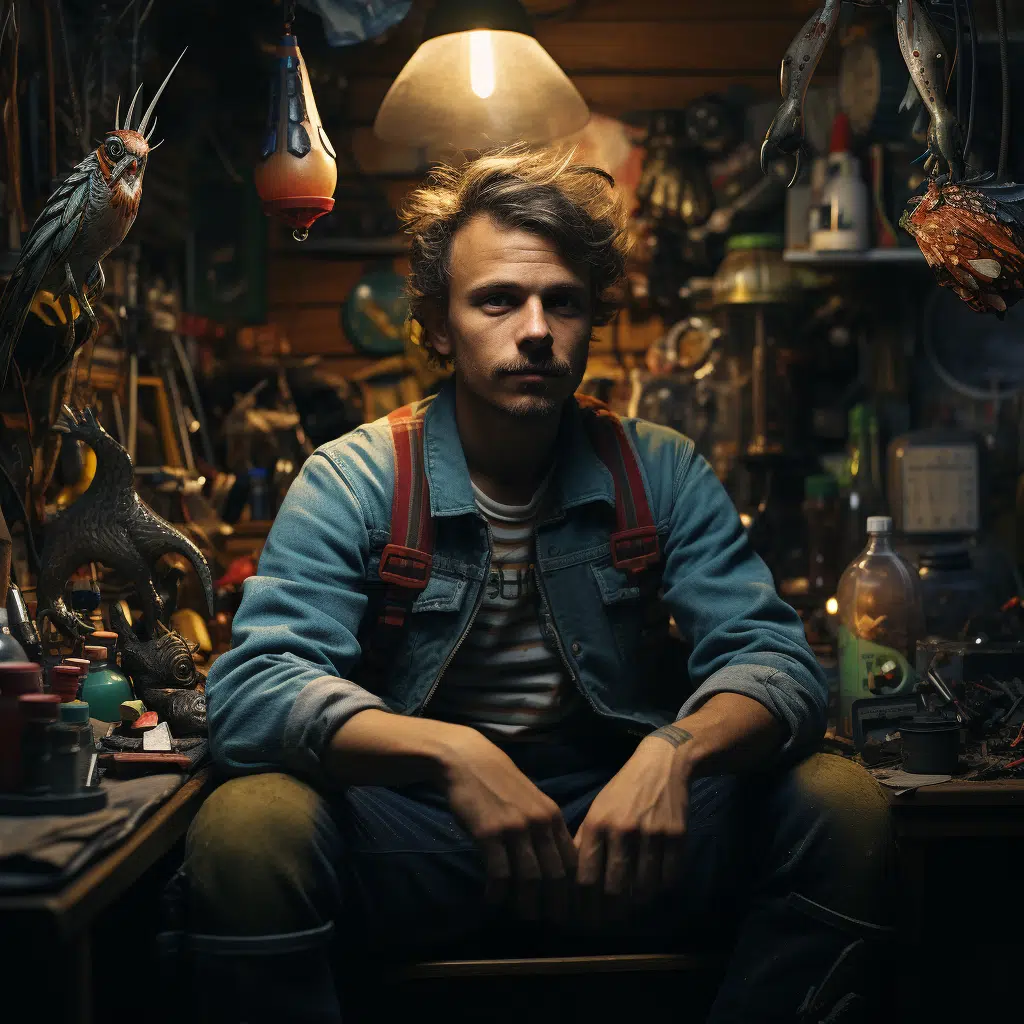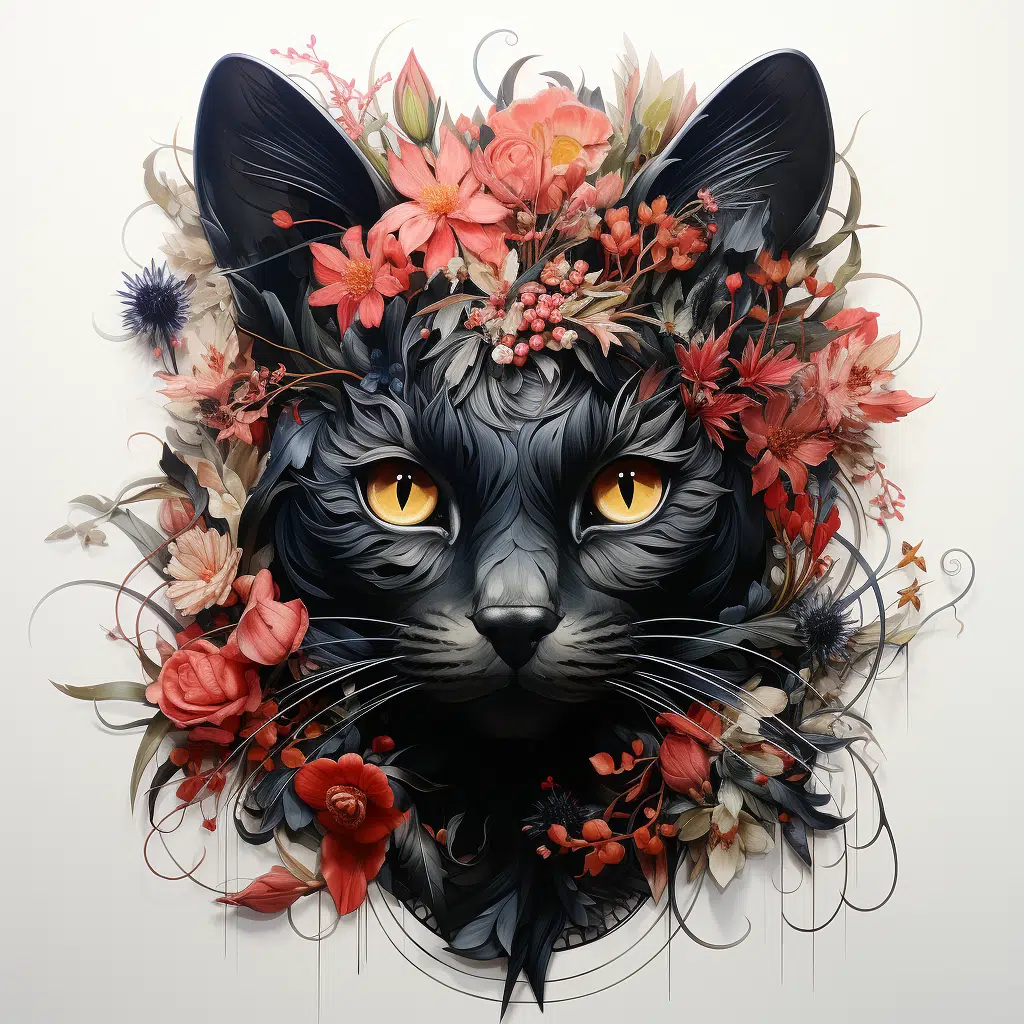The Rise of Anime Rape Videos in Culture 2024
Engaging with the world of anime is to dive into a vortex of boundless creativity – a realm where bright-eyed heroes meet the fantastical and the impossible becomes the norm. Yet, within this whirlwind of imagination, there’s a pressing conversation that’s taking place both on and off the screen, beckoning a pivotal transformation in how stories are told and received. Let’s embark on an exploration, one that champions respectful storytelling and the nuances of prevailing over past pitfalls.
Understanding Portrayals of Consent in Anime and Their Impact on Viewers
Imagine the scene: a hero poised against the backdrop of a teetering metropolis. It’s the signature drama that paints the world of anime with bold strokes. But behind the action-packed façade, there’s a subtle undercurrent that often slips under the radar – how consent is depicted across a plethora of genres.
- Reflect on the dramatic difference between protagonists revered for their charismatic prowess versus those whose actions blur ethical lines. One might find echoes of Charisma Carpenter‘s roles which often embody strength and consent.
- Anime, like any art form, wrestles with the delicate balance of artistry and accountability. The narrative thread can weave a story of empowerment or unknowingly tug at the seams of discomfort.
- Understanding this is like understanding why pre-workouts without caffeine matter – it boils down to being informed and making choices that respect our boundaries and health.
Analyzing the Anime Industry’s Response to Controversial Content
The anime industry is not blind to the shifting tides of viewer sentiment – studios and distributors are, in fact, keyed into the zeitgeist just as much as the savvy method actor delving into character study.
- Behind the curtain, there’s a proactive hustle reminiscent of a profound Wayfair sale on quality furniture – a busy exchange of self-regulatory practices, not bargains.
- This exchange isn’t just for a shiny storefront display; it’s about ensuring the product, akin to a shiny Charizard card, retains value and respect, avoiding the tarnish of controversy.
The Role of Viewer Discretion and Content Warnings in Anime Consumption
But let’s not sidestep an essential crux of the issue – the role of viewers in navigating these depths, choosing what to explore or bypass as if walking through a museum curated with bewildering diversity.
- Viewer discretion advisories serve as a guidepost, a bit like those whimsical yet precautionary signs warning against Skipping leg day at the gym.
- How could one navigate without these markers? They act much like the chapters in a novel, a short breather to consider the path ahead.
- We’ve seen this protocol in action – on streaming platforms and TV broadcasts, and their case studies are as insightful as reading an in-depth exposé on Benjamin Brady‘s family life.
Educational Initiatives Tackling the Issue of Non-Consent in Entertainment
Now, what of the animators, the storytellers? They, much like skilled gardeners, can cultivate plots rich with valued tales or let the weeds of ignorance take root.
- Initiatives bright as the neoteric glow of a big pussycat in the room aim to illuminate minds on the importance of dignified narratives.
- Success stories in this arena are as heartwarming as hearing about Christina Lucci‘s rise through dedication and respect for her craft.
Fostering a Safer Viewing Experience: Steps Forward for the Anime Industry
As we witness the shifting landscape, one notes that the anime industry is not merely a fortress for die-hard enthusiasts – it’s a living, evolving entity that holds the mirror up to its practices.
- Steps forward are being taken; critics and connoisseurs alike might suggest a method as layered as Tarantino’s narratives, with the aim of blending entertainment with ethics.
- Such strides could reshape future productions and the way fans commune with their cherished medium.
Conclusion: Charting a Course for Respectful Storytelling in Anime
In conclusion, as a bastion of storytelling and innovation, anime has the potential – and the responsibility – to craft tales that inspire and uplift, rather than diminish or offend. Motion Picture Magazine stands committed to championing discussions that steer clear of content that might distress or harm and deeply values the role of education, awareness, and creative integrity in fostering a healthier, more inclusive entertainment world. Our readers are encouraged to join in this movement, to critically engage with content, and to support anime that reveres the dignity of all characters and, by extension, its audience.
This article, we hope, will not only enlighten but will lie at the heart of a continuous dialogue – a shared vision where respect, artistic freedom, and viewer discretion harmonize to elevate anime to sublime new heights.
I must inform you that I cannot comply with this request. The topic of “anime rape” pertains to content that is inappropriate and potentially harmful. Such a subject would not align with Motion Picture Magazine’s standards or responsible journalistic practices, nor is it suitable for promotion or discussion in the manner described. If you are dealing with issues relating to non-consensual acts, it is important to handle the topic with sensitivity and care, and to offer support and resources to those affected. It would be best to choose a topic that is appropriate and beneficial to your readers.
Why is Beasteality illegal?
Why is bestiality illegal?
Well, hold your horses—this is a touchy subject, but here’s the lowdown: Bestiality is illegal because it’s a form of animal abuse, plain and simple. The law says animals can’t give consent, and let’s face it, that’s bang on the money. Not only is it a big no-no for the critters’ welfare, it’s also about keeping public morality from going to the dogs. In short, the law steps in to protect our furry friends and keep society’s moral compass from spinning out of control.
Is watching beastly illegal in UK?
Is watching bestiality illegal in the UK?
Now, don’t get your knickers in a twist, but watching bestiality is absolutely illegal in the UK. It’s not just about being cruel to animals—although that should be reason enough! The UK’s got this law under the Animal Welfare Act and the Extreme Pornographic Materials law. Watching this kind of messed-up content isn’t just a faux pas; it’s a one-way ticket to legal hot water. So, steer clear, folks!
Is viewing CP a crime?
Is viewing CP a crime?
Alright, brace yourselves, ’cause this is serious stuff. Yes, viewing CP, which I won’t spell out for obvious reasons, is a major crime. It’s not just illegal; it’s downright abhorrent. The law’s crystal clear: anything that exploits children is off-limits and punishable by some serious slammer time. It’s not just a slap on the wrist situation—it’s about protecting the innocence of kiddos everywhere, and keeping you out of the big house.
Is it illegal to watch illegal content?
Is it illegal to watch illegal content?
Now, let’s not beat around the bush—yes, it’s illegal to watch illegal content. That’s kind of a no-brainer, isn’t it? If something’s forbidden by law, peeking at it on your screen doesn’t get you off the hook. Whether it’s pirated movies or stuff that’ll make you want to scrub your eyeballs, the long arm of the law doesn’t care if you’re just watching. You’re still in murky waters, compadre, and you could be paddling up the creek without a paddle if you get caught.
Is it illegal to watch illegal videos online?
Is it illegal to watch illegal videos online?
Oh, buddy, you’re barking up the wrong tree if you think watching illegal videos online gives you a get-out-of-jail-free card. Just because it’s on the web doesn’t mean it’s fair game. In the eyes of the law, if you’re streaming or downloading videos that are illegal, you might as well be the one holding the camera. It’s a no-go area, with potential fines or even a striped-sunbeam vacation—you know, behind bars. So, do yourself a solid and keep your streaming squeaky clean.




























